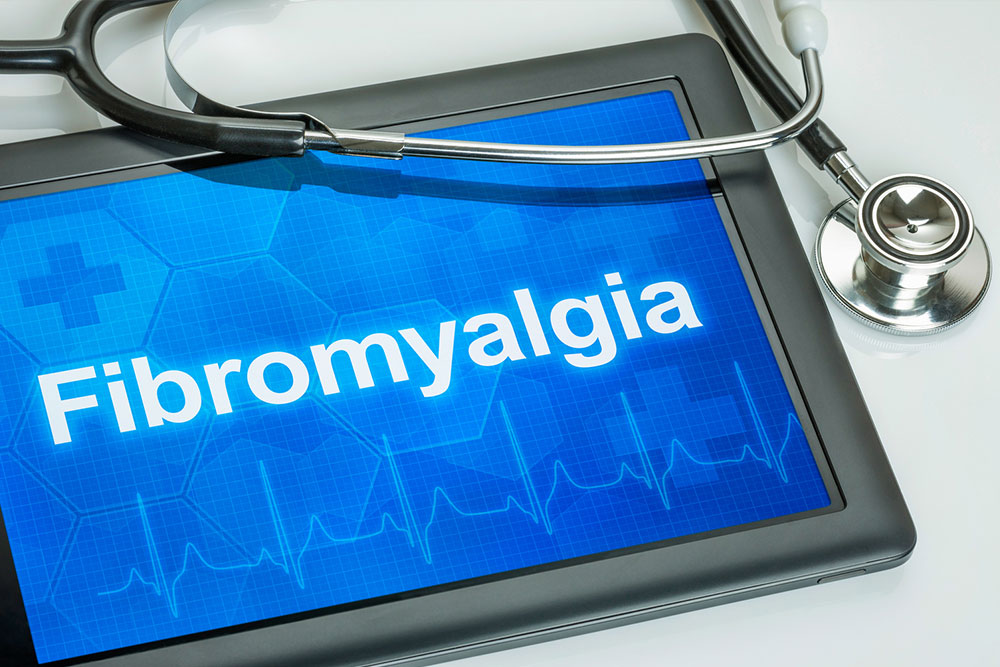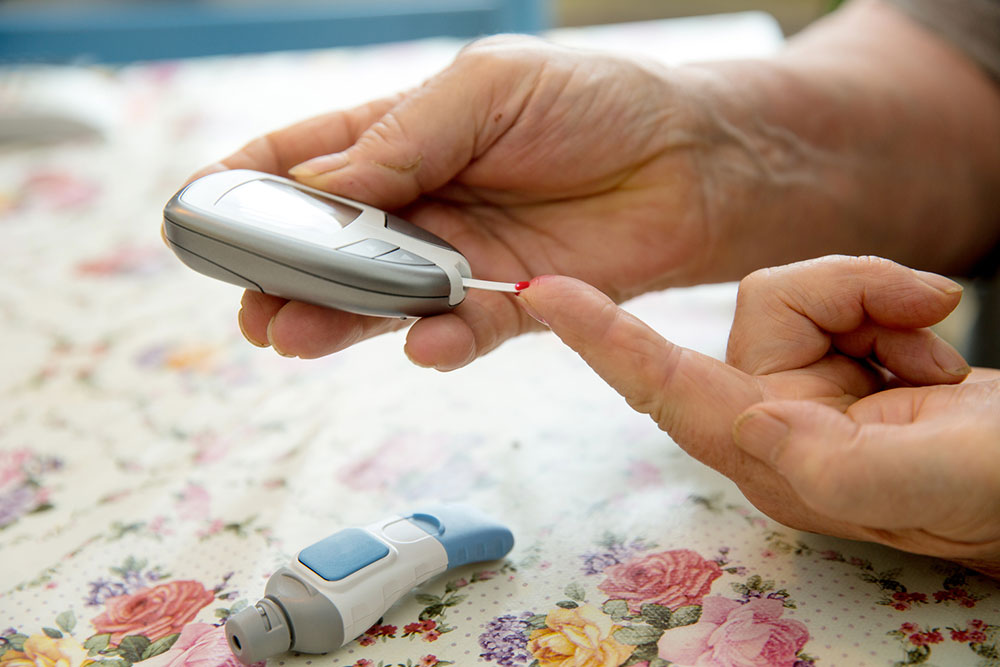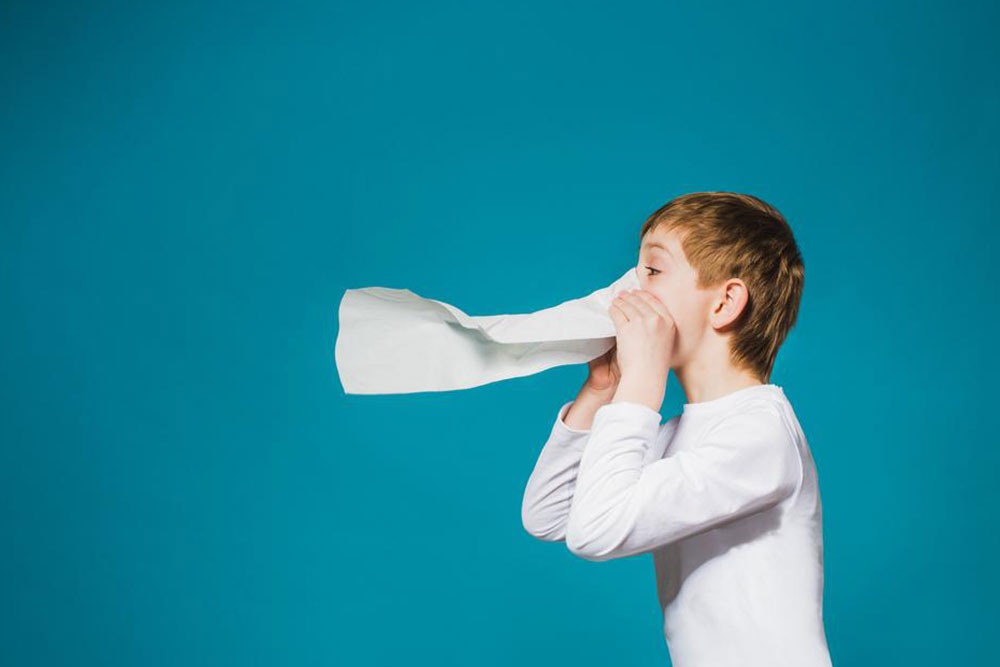
Diagnosis & Prevention
6 foods that could fight lung cancer
Research talks about plenty of tips and food products that claim to prevent lung cancer; however, only a few mention foods that could help fight this condition. Since lung cancer is fatal, it is advisable to first consult a doctor before trying out any of the diets or foods. Some of the foods that could help fight lung cancer are: Pears Studies showed that phloretin, which is found in apples and pears, noticeably induced cell death in these cancer cells. Not only that, phloretin also enhanced the anticancer effect of cisplatin, which is a common chemotherapy drug used for those suffering from lung cancer. Additionally, phloretin could also reduce fibrosis in the lungs. Green tea Green tea has a key role in the prevention of lung cancer and is beneficial to those already suffering from this condition. One needs to keep in mind that green tea contains caffeine, so if someone is sensitive to it, they might want to go in for a caffeine-free variety. Also, skip the creamer, as dairy products could neutralize the compound which helps prevent the effects of cancer. Salmon A diet rich in vitamin D could greatly benefit people who have lung cancer. Moreover, vitamin D deficiency could end up leading to many health problems. Of all the minerals and vitamins in our food, vitamin D could be the hardest to get in dietary form. However, vitamin D is found in fatty fish such as herring, mackerel, and salmon. Ginger Ginger contains a compound known as 6-shogaol , which has been proven to prevent lung cancer from developing and lower the risk of metastases cancer. Since the metastasizing of cancerous cells is the chief reason for fatalities for people with cancer, consuming ginger is important. Try eating ginger in a crystallized form or in the form of ginger tea.












